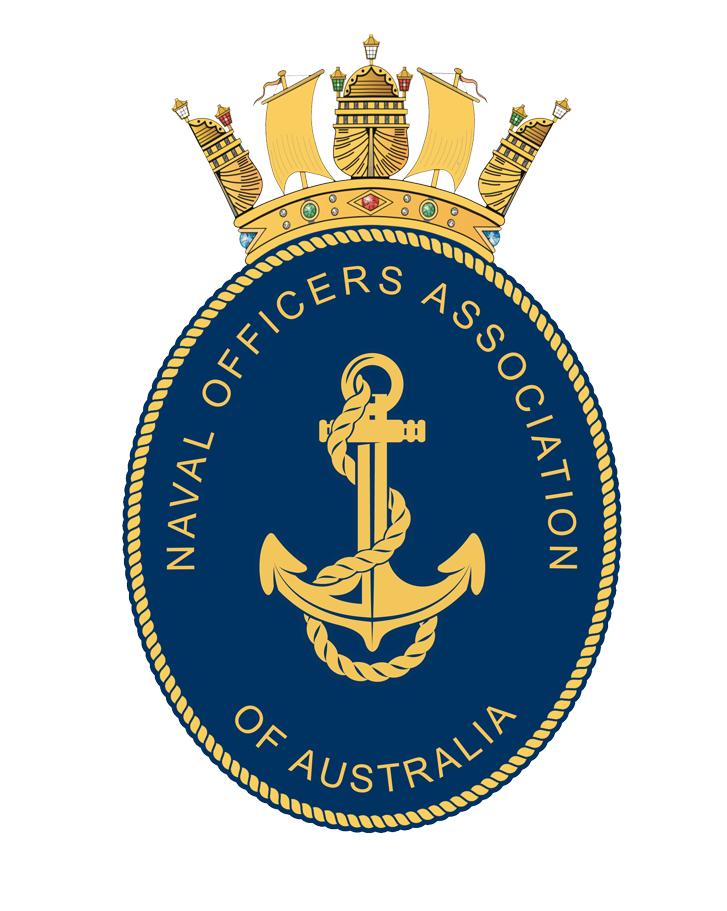Courtesy of Maritime News 26 Jan 24
Fort Victoria will not participate in STDE24 as had previously been hoped and she is officially now “in refit until Autumn 2024” and she is still expected to support the 2025 deployment. She has been laid up and handed to the care of Cammell Laird and has a small skeleton crew only. The ship has not conducted a RAS since the end of the CSG21 deployment and spent most of her time alongside in Devonport, Leith and Birkenhead due to a lack of sailors.
Her material state is also now said to be poor and despite a refit in 2022, further defect rectification and certification work on fire safety systems are still needed. The ship has spent a lot of time in CL over the years, including major work in 2018 to convert her replenishment rigs to be compatible with the new carriers and double-hulling the fuel tanks to meet MARPOL regulations. However, underfunded maintenance packages have allowed the sole ship able to supply the carrier strike group with munitions to fall into a parlous state.
Within some constraints, the CSG could function without a Fleet Solid Stores (FSS) ship and for exercises her absence is of limited consequence apart from crews missing out on practicing an important evolution. If deployed on a live operation requiring ammunition for sustained carrier operations then this has more serious implications.
It is possible to mitigate FSS absence to a small extent using Tide class tankers which can carry and RAS modest amounts of food and spares. Alternatively, some stores could be transferred by helicopter (VERTREP) from the Tides or foreign vessels. Unfortunately, many of the stores and some of the munitions that are specific to the RN are not routinely carried by allied support vessels.
To date, the QEC carriers have not conducted a solid stores RAS with an overseas supply ship other than by VERTREP. HMS Queen Elizabeth does have full magazines (originally designed to support an air group of up to 36 F-35s) so could sustain operations at a more limited tempo for some time without resupply.
If munitions replenishment was needed the only alternative is to put into a friendly port but this is not as easy as it may sound. Even if there is a facility within reasonable range of the area of operations, getting diplomatic clearance for a high-profile warship may be difficult even from apparently sympathetic nations. Not all ports can accommodate an aircraft carrier and loading explosives is likely to be very restricted.
There is also the difficulty of transporting munitions from the UK to load onto the carrier. It quickly becomes obvious why FSS is such an important link in the chain and its absence undermines the concept of self sustaining independent carrier operations.
The supply of engine and aviation fuel is slightly less complicated and foreign vessels can contribute by conducting liquid replenishment at sea with the carriers. The RFA currently has 3 active tankers, although this will soon temporarily be reduced to 2 as RFA Tideforce will have a planned maintenance period curtailed in length to mitigate for RFA Tiderace being laid up for lack of crew. Meanwhile, the official line is that “the RFA continues to fulfil all its commitments”.
